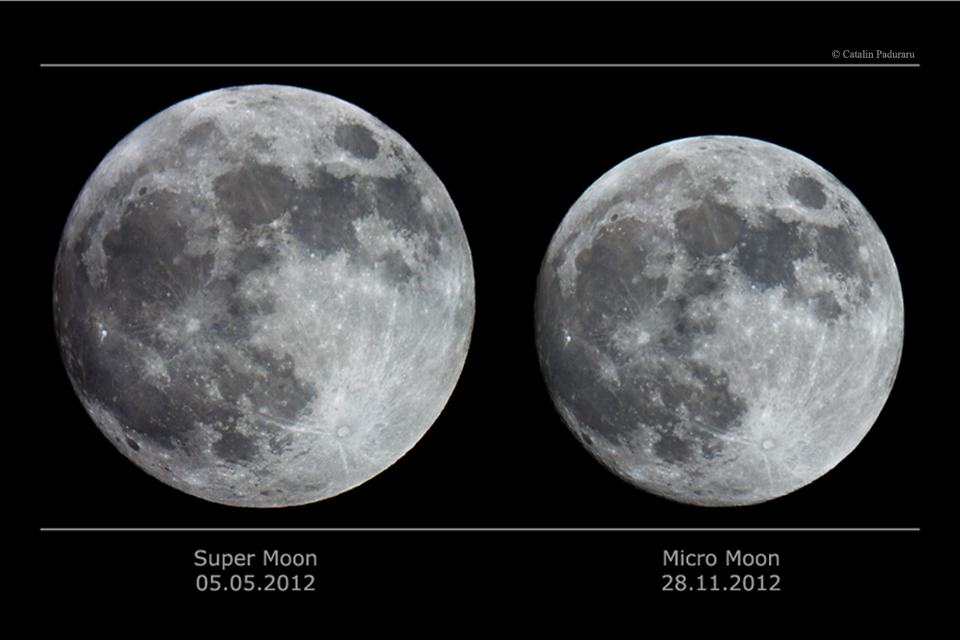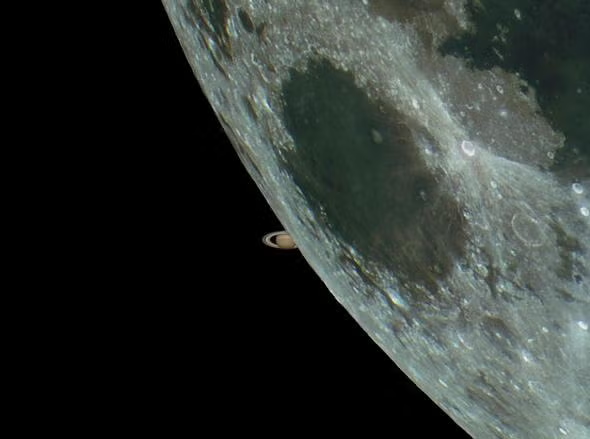The upcoming August 2024 “Sturgeon Moon” is generating excitement among skywatchers, as it marks the first supermoon of the year. Set to reach its peak illumination on August 19 at 2:26 PM EDT, this celestial event will be visible across the sky after sunset, offering a stunning visual spectacle. But what makes this supermoon so special, and why is it important? Let’s dive into the details.
The “Sturgeon Moon” gets its name from the giant lake sturgeon that were once abundant in the Great Lakes and Lake Champlain during this time of year. Native American tribes and early settlers relied on these fish as a vital food source, and the full moon in August was named in their honor.
This August, the Sturgeon Moon isn’t just any full moon; it’s a supermoon which occurs when the moon is near its closest approach to Earth, known as perigee. During this time, the moon appears about 7-10% larger and significantly brighter than a typical full moon. While the difference in size might be subtle to the casual observer, the combination of the moon’s proximity and the optical illusion created by its low position on the horizon can make the moon look impressively large as it rises or sets. This phenomenon is why supermoons are such a visual treat and a favorite for photographers and sky enthusiasts alike.

Image Credit & Copyright: Catalin Paduraru
The Sturgeon Moon is particularly noteworthy as it kicks off a series of four consecutive supermoons. The supermoon itself doesn’t change the moon’s physical properties, but it does offer a more vivid and engaging viewing experience. For those fascinated by astronomy, this supermoon series presents a unique opportunity to observe how slight variations in distance can impact the moon’s appearance.
What makes the August 2024 Sturgeon Supermoon truly unique is its pairing with the occultation of Saturn. As the supermoon rises, Saturn will disappear behind it in a rare celestial alignment—a sight that hasn’t occurred since 2019. This occultation will be visible from In various parts of the world, including regions in Africa and South America, the moon will pass in front of Saturn, temporarily obscuring the ringed planet from view which adds another layer of intrigue to an already captivating night, as it allows observers to witness the dynamic interactions between celestial bodies.

To fully appreciate this once-in-a-lifetime event, here are some tips on how to best witness the Sturgeon Supermoon and Saturn’s occultation:
- Check Local Viewing Times: The peak illumination of the Sturgeon Supermoon will occur at 2:26 PM EDT, but the best time to view the supermoon will be after sunset when it rises in the southeast. Use a moonrise calculator to determine the exact time for your location.
- Find a Clear Horizon: The supermoon will appear largest near the horizon due to the “moon illusion.” Find a location with an unobstructed view of the southeast horizon to fully enjoy this effect. High vantage points or open fields are ideal spots.
- Witness the Occultation: The occultation of Saturn will not be visible from all locations. If you’re in Africa or South America, you’re in luck. In places like Marrakech, Morocco, the occultation will begin at 4:07 AM local time. For those in North America, while the full occultation won’t be visible, Saturn will still be remarkably close to the supermoon, making for a spectacular sight. Use a stargazing app to track the moon and Saturn in real-time.
- Bring Binoculars or a Telescope: While the supermoon can be appreciated with the naked eye, binoculars or a small telescope will enhance your view of the lunar surface and Saturn’s rings, especially during the occultation.
- Plan a Viewing Party: This event is perfect for sharing with friends and family. Consider organizing a viewing party with fellow skywatchers to enjoy the supermoon and Saturn’s vanishing act together.
- Capture the Moment: For photographers, this is a prime opportunity to capture the supermoon in all its glory. Use a tripod for stability, and experiment with different exposures to highlight the moon’s details and the night sky
So, as August 19 approaches, be sure to set aside time to witness this extraordinary event. Whether you’re watching the supermoon rise over a familiar landscape or trying to catch a glimpse of Saturn during its brief occultation, the Sturgeon Moon promises to be a memorable and meaningful spectacle. It’s not just about seeing the moon; it’s about appreciating the rich tapestry of science, culture, and natural beauty that it represents.



















